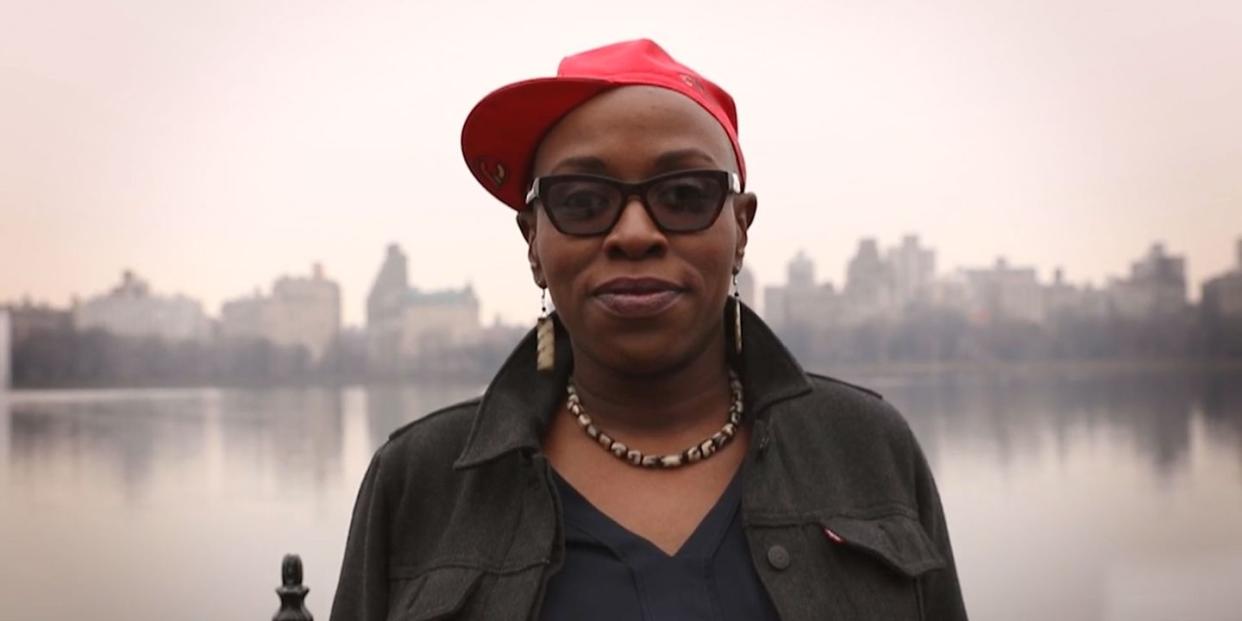She Was Left For Dead. The Police Did Nothing.

The first thing Dulcie Canton heard when she came to was, “Is she alive?”
It was almost midnight on August 7, 2014, and a crowd had gathered around her. Her friend Jay, who had been skateboarding alongside as she pedaled her bike down Bleecker Street in Brooklyn, New York, was calling an ambulance. Surveillance cameras had captured the whole thing—from the moment the Chevrolet Camaro struck Canton from behind, to the driver speeding off without slowing to check that the 37-year-old cyclist was, in fact, alive.
Canton was hospitalized with a broken shoulder, fractured ankle, and a massive brain bleed. At 2 a.m., an employee at the bike shop where she worked put her in touch with local cyclist- and pedestrian-rights lawyer Steve Vaccaro, who filed an additional police report. Vaccaro then went to the scene of the crime to secure the video surveillance footage from building superintendents. One bystander had found the broken-off side mirror of the Camaro—which was parked only a few blocks away.
It’s tough to imagine a more open-and-shut case than Canton’s. They had video. They had witnesses. They had physical evidence in the form of the side mirror and Canton’s mangled bike. They had plate numbers—and the alleged perpetrator identified. But the New York City Police Department never pursued the case, even as Canton endured months of medical visits and physical therapy. Officers had shown up at the scene and filed a report but didn’t follow up. And Canton says they wrote down the wrong vehicle number on it, which delayed her insurance claim. They even declined to contact the man who had allegedly left her lying unconscious in the middle of the road, despite a volley of letters from Vaccaro.
“We did everything we could and the police basically ignored us because they said they didn’t have time,” Vaccaro says. (The police still won’t comment on the case.)
“It was upsetting to say the least,” Canton says. “This guy is still out there. If you’re a motorist and you get into a fender bender, you call the police, they show up, and they write a report. If I had been in a car I would have been treated differently.”
The injustice of Canton’s situation is stunning, but it’s not surprising: Bicycling found that fewer than half of the drivers who kill cyclists are convicted of a crime; many aren’t even charged.
After the crash, Canton paid regular visits to a therapist for post-traumatic stress disorder. It was a year before she could ride again.
Today, almost three years since the crash, she works for advocacy group Transportation Alternatives. She’s also a dispatcher for NYC’s bike share program, CitiBike, which she says helps to normalize the sight of bikes on city streets.
“The benefits of cycling far outweigh the risks,” Canton says. “But more so than helmets and gear, your safety is in numbers—and knowing you have a right to be on the streets.”
You Might Also Like

